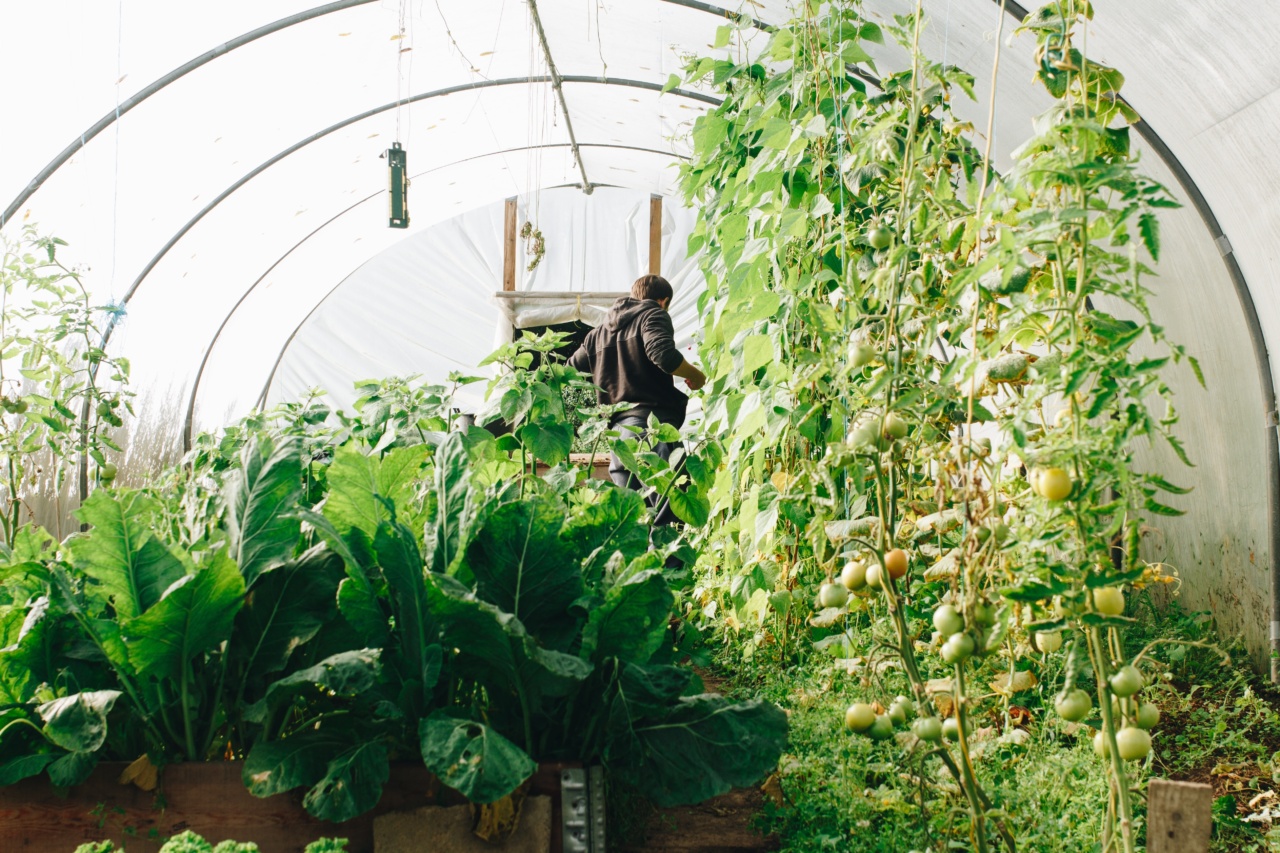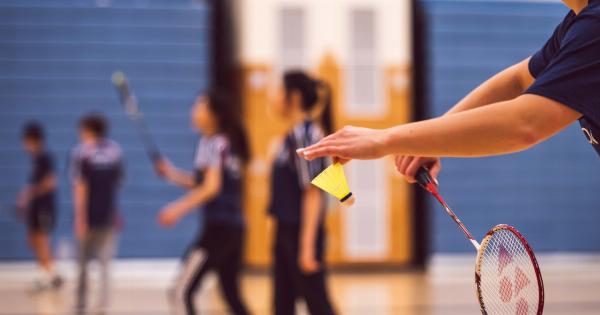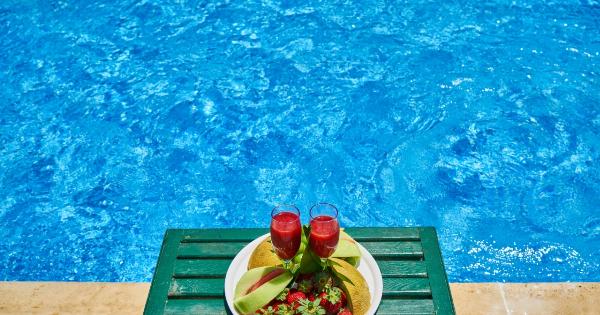Staying hydrated is essential for students to maintain optimal physical and mental health. It plays a vital role in ensuring their overall well-being and academic performance.
Dehydration can lead to fatigue, lack of focus, and decreased cognitive abilities. Hence, it is crucial for students to develop healthy hydration habits. In this article, we will discuss some effective strategies for students to stay hydrated throughout the day.
1. Carry a Water Bottle
One of the simplest ways to ensure you stay hydrated is to carry a water bottle with you at all times. This serves as a visual reminder to drink water frequently and makes it easily accessible.
Opt for a reusable bottle to reduce plastic waste and ensure you always have access to water, whether at school or on the go.
2. Set Reminders
Students often get caught up in their daily routines and may forget to drink water regularly. Those long hours of studying and attending classes can take a toll on hydration levels.
Setting reminders on your phone or using hydration tracking apps can be helpful in reminding you to take regular sips of water. These reminders can significantly improve your hydration habits.
3. Include Hydrating Foods
Hydration is not only about drinking plain water. Including foods that have high water content can also contribute to your overall hydration. Fruits like watermelon, oranges, and grapes are excellent options to keep you hydrated.
Additionally, vegetables such as cucumbers and celery contain a significant amount of water and can help maintain hydration levels.
4. Opt for Herbal Teas
While it’s important to limit intake of caffeinated beverages such as coffee and soda, herbal teas can be a healthy alternative. Herbal teas, like chamomile or green tea, provide hydration without the negative effects of caffeine.
Experiment with different flavors to find the ones you enjoy the most, and keep a thermos of herbal tea with you during the day.
5. Make Drinking Water Fun
For students, drinking water can sometimes feel like a chore. To make it more enjoyable, consider infusing your water with fruits, such as lemon or berries, to add natural flavors.
You can also use reusable straws or invest in fun, colorful water bottles to make the act of drinking water more appealing. The key is to find ways to make hydrating enjoyable and something to look forward to.
6. Set Hydration Goals
Setting daily hydration goals can be an effective way to ensure you are drinking enough water. Try setting reminders throughout the day to finish a specific amount of water by a certain time.
For example, aim to drink 500ml of water by lunchtime and another 500ml by the end of the school day. This goal-oriented approach can help you develop a routine and make hydration a priority.
7. Track Your Hydration
Keeping track of your daily water intake can help you understand your hydration patterns and adjust accordingly. You can use apps or physical journals to record the amount of water you drink each day.
By tracking your consumption, you will be able to identify any gaps and make necessary adjustments to ensure you stay consistently hydrated.
8. Drink Water Before and After Physical Activity
Students participating in physical activities, such as PE classes or sports, should prioritize hydration before and after their sessions.
Drinking water beforehand helps prepare the body for activity, while drinking after helps replenish the fluids lost through sweat. Remember to drink water regularly during physical activities as well to maintain proper hydration levels.
9. Limit Sugary Drinks
Sugary beverages, including energy drinks, sodas, and flavored juices, can negatively impact hydration levels. These drinks often contain high amounts of sugar and can lead to dehydration.
It’s best to limit their consumption and opt for water or healthier alternatives, like infused water or unsweetened herbal teas. Your body will thank you for making this simple change.
10. Practice Mindful Hydration
Lastly, practicing mindful hydration involves being aware of your body’s signals and responding to them accordingly. Thirst is a clear indicator that your body needs hydration.
However, you should strive to drink water even before feeling thirsty, as thirst is a sign that you are already partially dehydrated. Pay attention to the cues your body gives you and make a conscious effort to drink water regularly.































